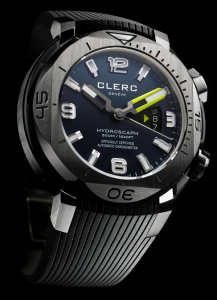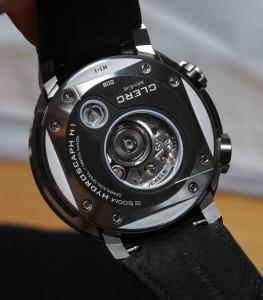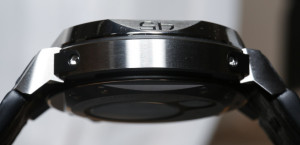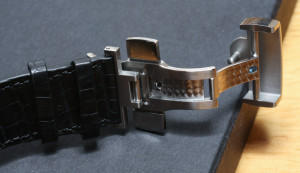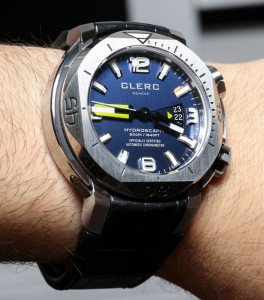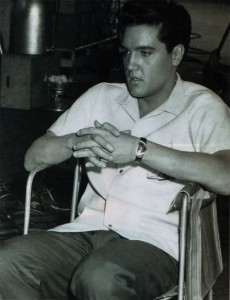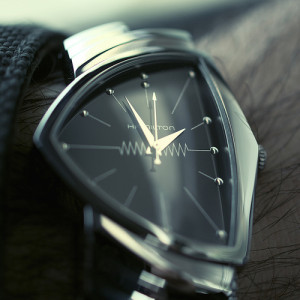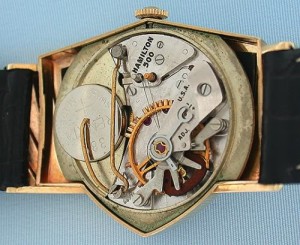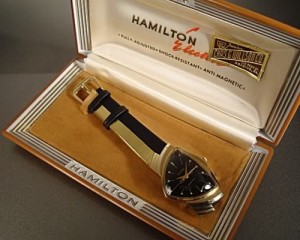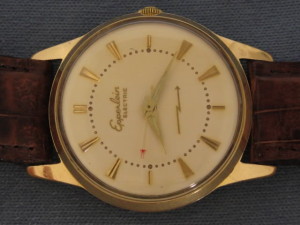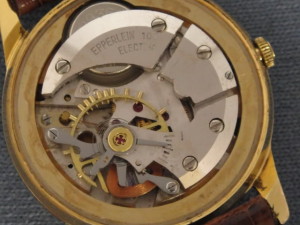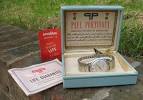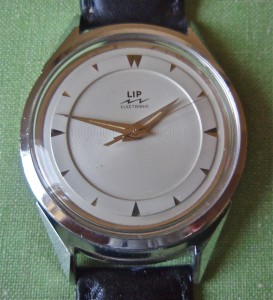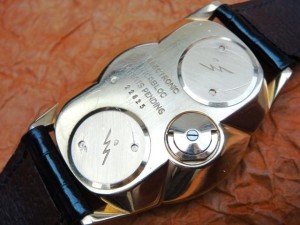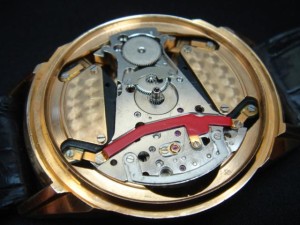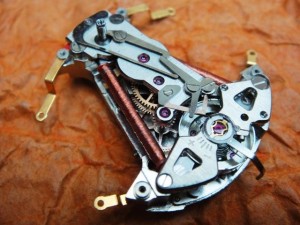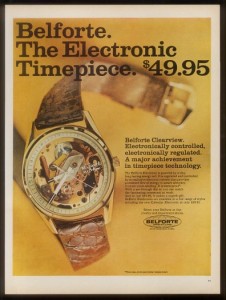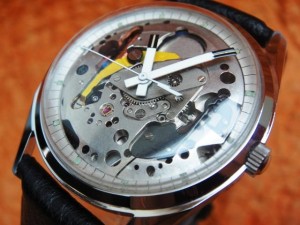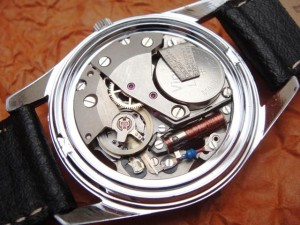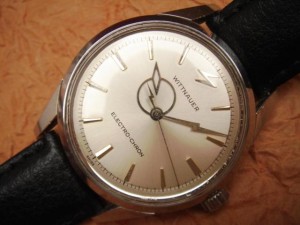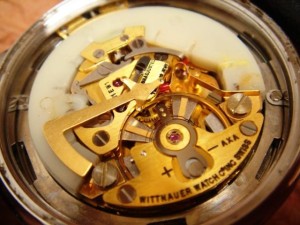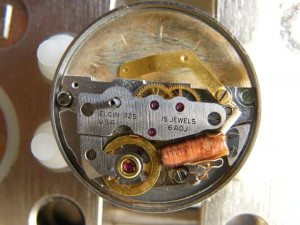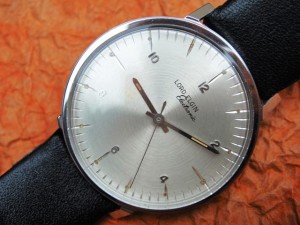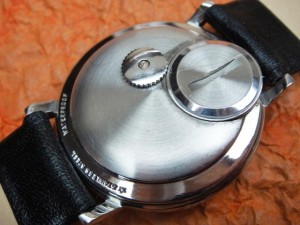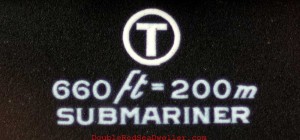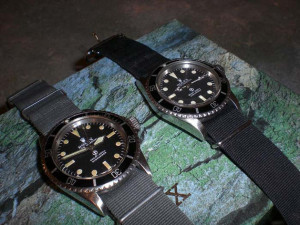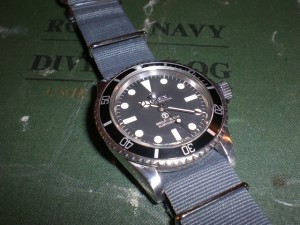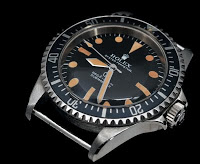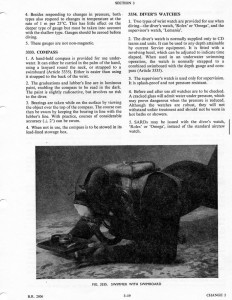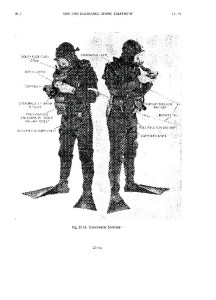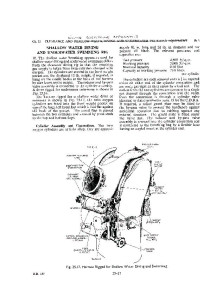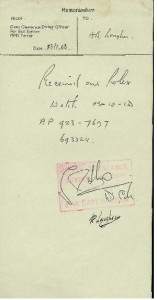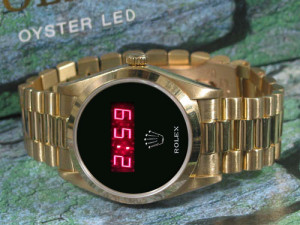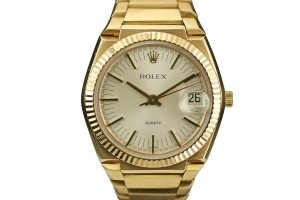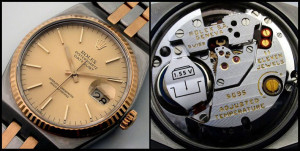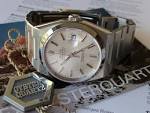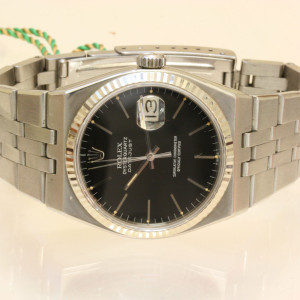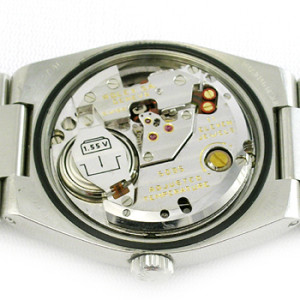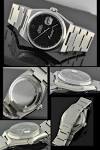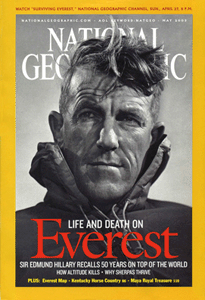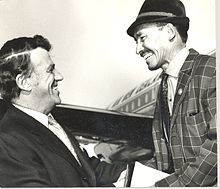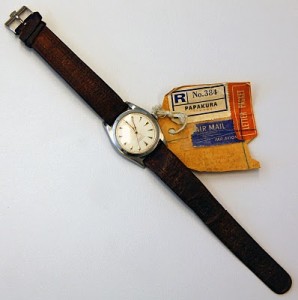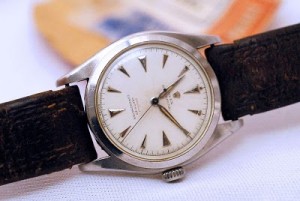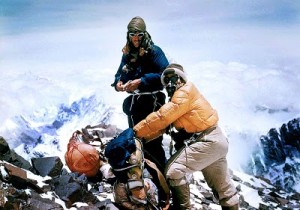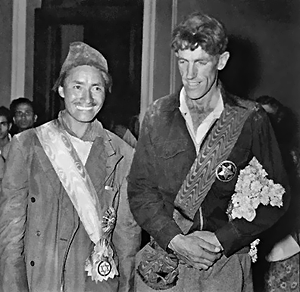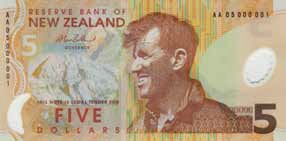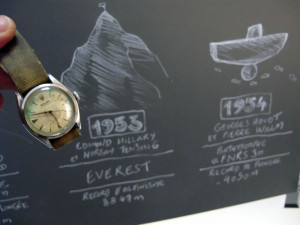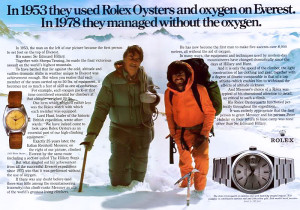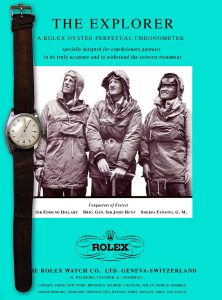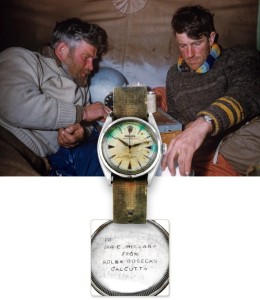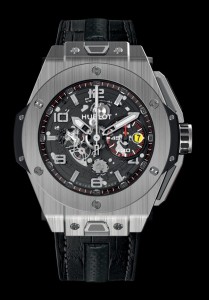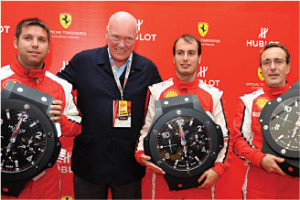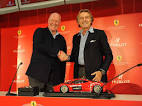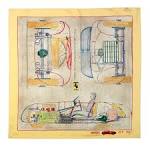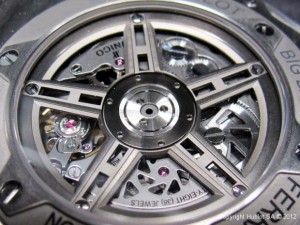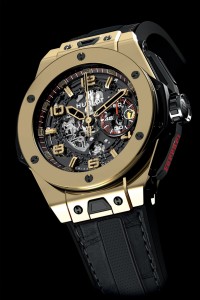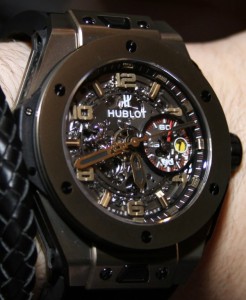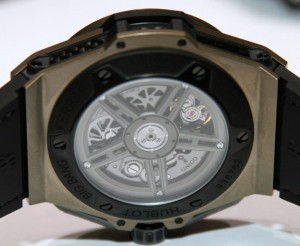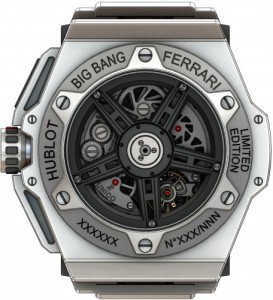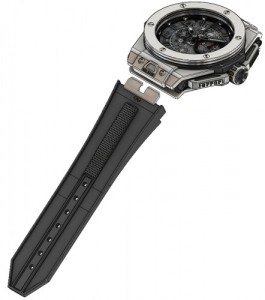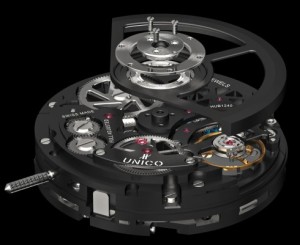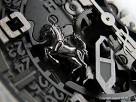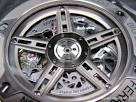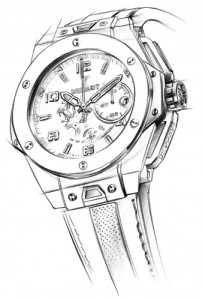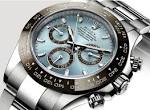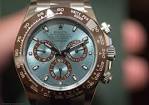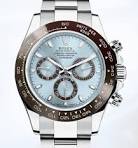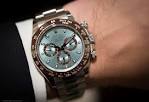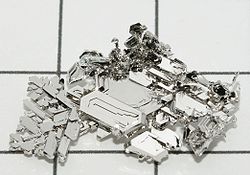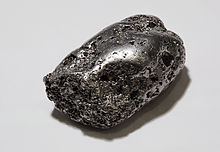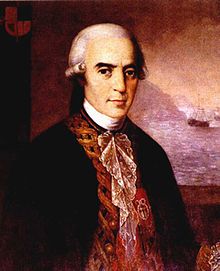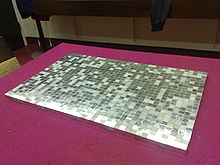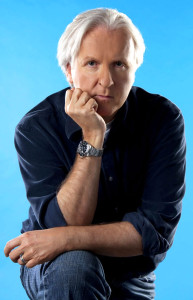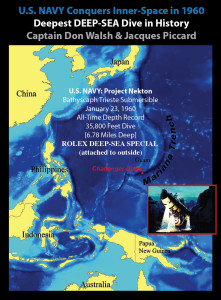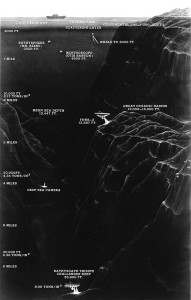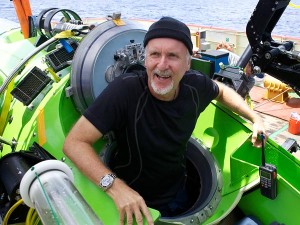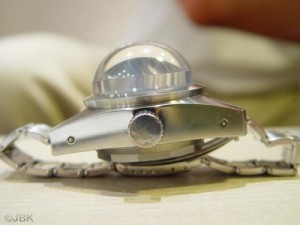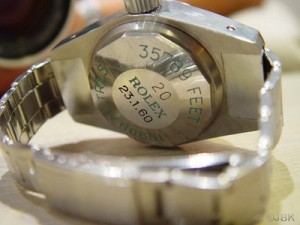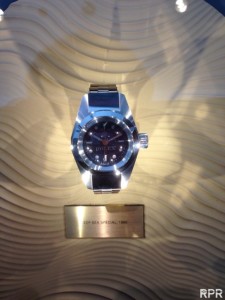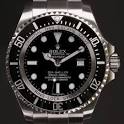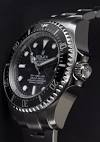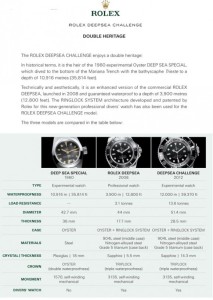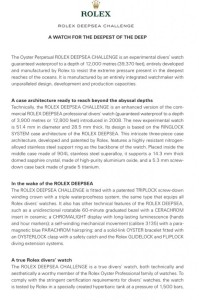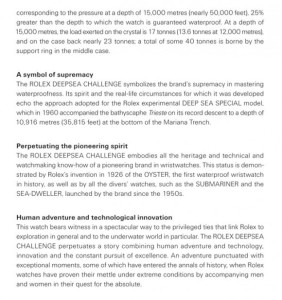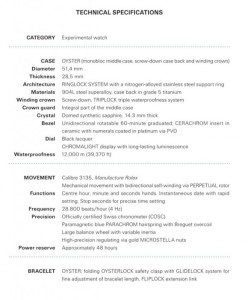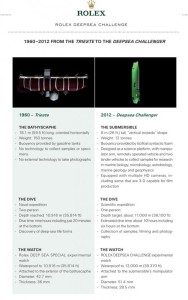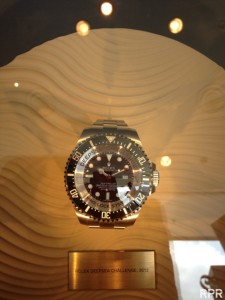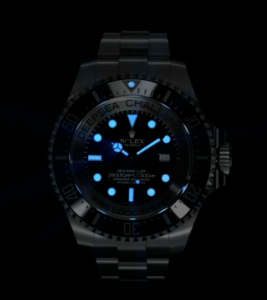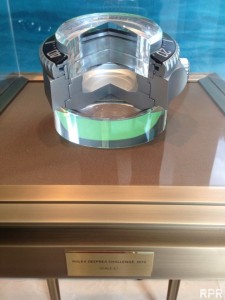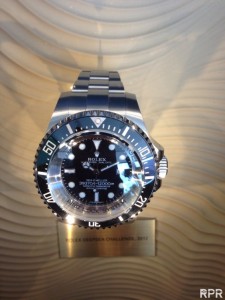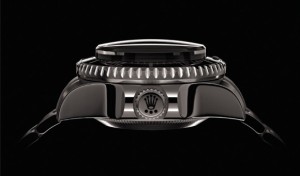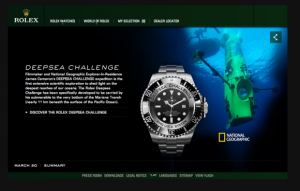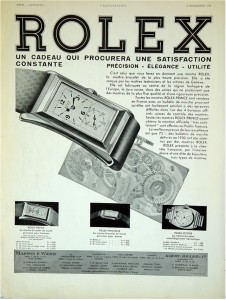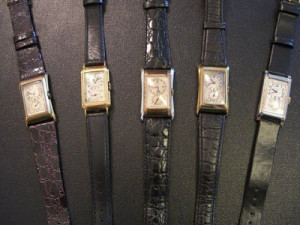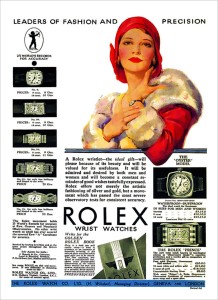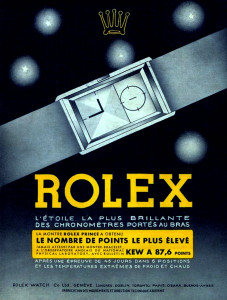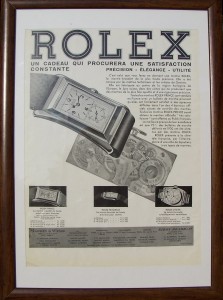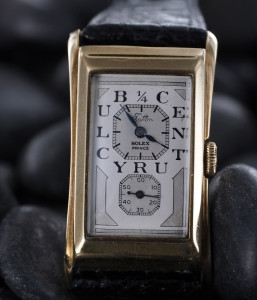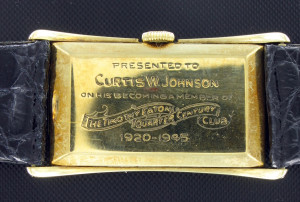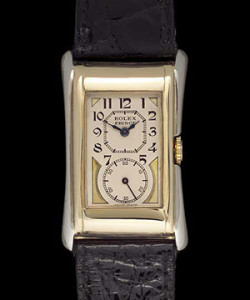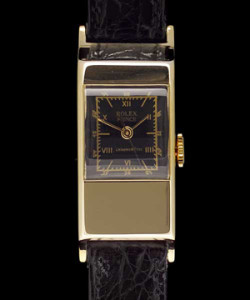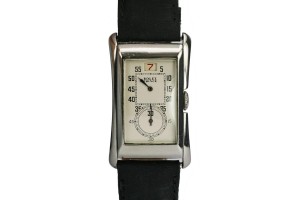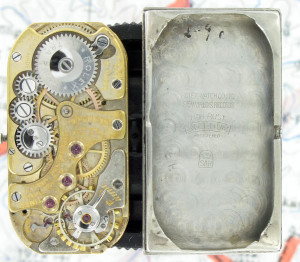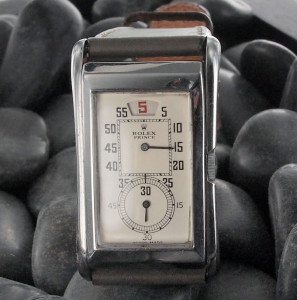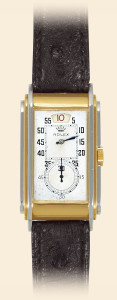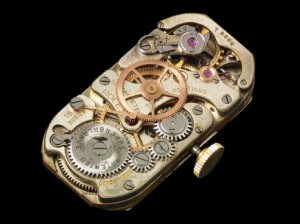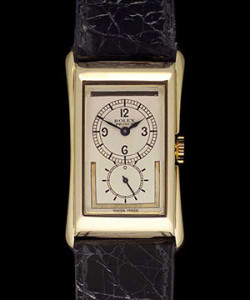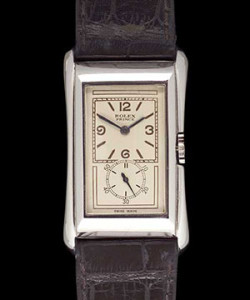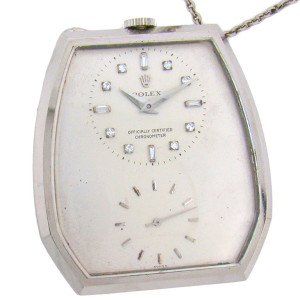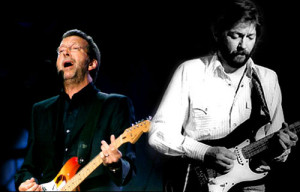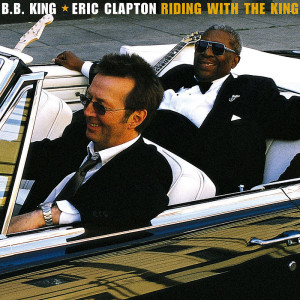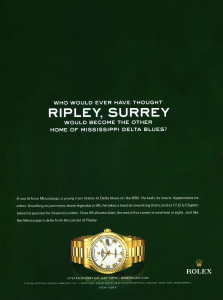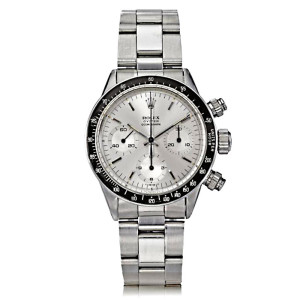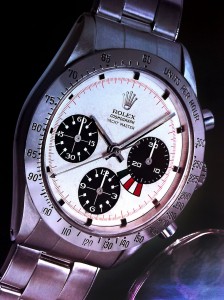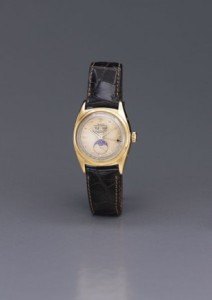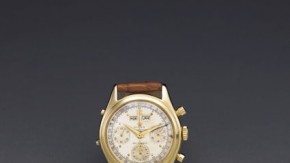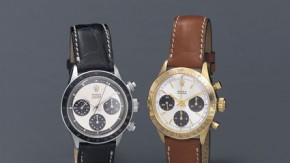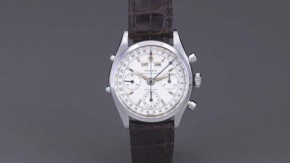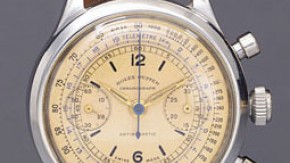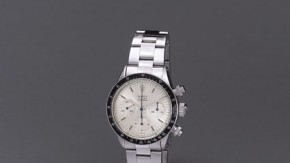The all new Clerc Hydroscaph H1
The Clerc Hydroscaph H1 is a diving instrument built to uncompromising standards of fine workmanship and endowed with an impressive array of assets, including an exclusive COSC- certified chronometer movement offering the ultimate pledge of precision and reliability; a powerful and innovative design; along with tried and tested security thanks to 500-metre water resistance coupled with a patented construction designed to prevent any accidental deregulation of the bezel. These highly functional technical features are expressed through a range of aesthetic variations forming distinctive and individualised compositions.
A first glance at the Hydroscaph H1, the brand’s latest technical, powerful new model brimming with the identity features that have forged the success of Clerc since 1874, is enough to quicken the pulse of thrill-seekers looking for a watch to match their sporting temperament. While the high-tech construction of this luxury diving model immediately catches and holds the gaze, it is above all a formidable exploring machine. Capable of plunging to depths of 500 metres, it houses an exclusive self-winding Clerc movement: Calibre C609. For Gérald Clerc, representing the fourth generation of the famous watchmaking family, this movement is a return to roots. Like his first collection created in 1998, Calibre C609 emerged victorious from its immersion into the merciless set of tests conducted by the Swiss Official Chronometer Testing Institute and can thus rightly claim to be a COSC-certified chronometer – the most prestigious pledge of precision and reliability. Beating at a high frequency of 4 Hz, meaning 28,800 vibrations per hour, the C609 movement is simple in terms of its functions – hours, minutes, seconds, date – backed by a 42- hour power reserve, while featuring a highly demanding level of finishing including bridges adorned with Côtes de Genève and blued screws. These resolutely fine watchmaking finishes, along with the openworked oscillating weight, have become a signature of Clerc movements and are visible through the exhibition back. Comfort is also part of the package, with mobile lugs perfectly moulding the curve of the wrist, even when worn over a neoprene diving suit.
A powerful, no-holds-barred construction
For the Geneva-based watchmaker, creative passion is not confined to the sophistication of an exceptional mechanism, but also makes no concessions when it comes to design and materials. The extremely complex case stems from a highly technical architectural approach. Developed in close cooperation with a team of professionals well acquainted with the specific requirements of the underwater world, it comprises 81 parts and meets a three-fold demand: exceptional aesthetic appeal, innovative construction and useful functions. The case middle is flanked by lateral reinforcements ensuring water resistance to 500 metres, while the powerful octagonal rotating bezel forcefully imposes the iconic signature of the Hydroscaph collection. Because safety reigns supreme when it comes to braving the depths, the dedicated crown at 2 o’clock serving to pivot the bezel requires prior deployment of a built-in retractable flap. Returning the flap to its initial position securely locks the bezel, thus avoiding any risk of accidental deregulation when diving.
Beneath its apparent simplicity, the dial of the Clerc Hydroscaph H1 reveals an undeniable aesthetic and technical appeal. The impact and the optimal legibility of the display combined with a complex construction further accentuate the strength of this model. The individually machined three-dimensional numerals and hour-markers proclaim a boldly assertive character. When viewed from the front, they appear slightly trapeze-shaped, while ensuring maximum readability from all angles. Like them, the hands also display a post-industrial look and are coated with Superluminova for perfect read-off even in the darkest abyss.
External variations on a powerful design
The inimitably stylish Clerc Hydroscaph H1 offers a range of interpretations designed to suit/match all manner of personal preferences. The case itself is interpreted in high-density steel, with or without a black DLC coating of the bezel, case middle – or indeed the entire case. The dial comes in a choice of blue, black or grey, while the seconds hand and the triangular date marker at 3 o’clock spice things up with touches of blue, red khaki or fluorescent yellow. Available in black, blue, red or khaki vulcanised rubber, as well as black, navy blue or chestnut brown Louisiana alligator leather versions, the strap with its folding clasp sets the perfect finishing touch to the Clerc Hydroscaph H1.
A high-tech expression of contemporary horology, the new Hydroscaph H1 once again expresses the uncompromising excellence that has been the inimitable signature of Clerc since 1874.
Text Michael Haecker (Juwelier Fischer-Clerc watches)
